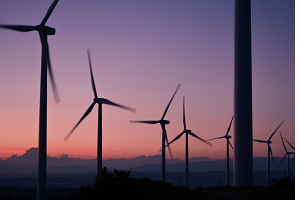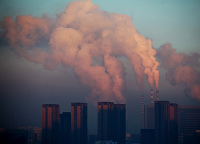Our Perspective
Renewable energy is a growing component of the modern world’s energy mix. The growth of the renewable energy sector in China broke records in 2017 with 650 million kilowatts of installed renewable energy capacity. The renewables boom is a global phenomenon – over 100 cities worldwide are mostly powered by renewable energy. Read More
Industry Updates
The potential of the circular economy continues to unfold as new technologies are help transform everything from post-consumer textiles to almond shells into high-quality raw materials. Read More
The newly-opened luxury Cordis hotel looks much like many other high-end hotels in Shanghai, with its glass-sided swimming pool, vast twin ballrooms and upscale spa. But the first Cordis hotel on mainland China boasts something that is genuinely rare in big Chinese cities: clean indoor air. Read More
Top Blog Posts
- Why Businesses Need a Single Standard for Reporting on their Sustainable Development Goals (SDGs) Initiatives
- ESG Investing and Clmate Change
- Setting Science-Based Targets to Reduce GHG Emissions
- This Extreme Cold Snap is Great for What?
- CleanChain Overview Webinar: Key Takeaways for using our Chemical Information Management Solution
MAR 2018
Special Feature
CDP'S 2018 CLIMATE CHANGE QUESTIONNAIRE UPDATE WEBINAR
Tuesday, April 24, 2018
7:00am PDT / 10:00am EDT”
Learn about the significant updates to CDP’s 2018 Climate Change Questionnaire in this FREE 45 minute webinar.
Space is limited,
so Register Today!
250 Commerce, Suite 210
Irvine, CA 92602
USA
+1 888 826 5814
+1 714 508 4100
Sign up for our monthly GreenWatch newsletter for updates, resources from our team, and the latest industry news.
ADEC Innovations would like the information in this website to be accessible to all our users. Anyone needing assistance or having difficulty accessing this website should call us toll-free at +1 888 826 5814 or email us at esginfo@adec-innovations.com.





